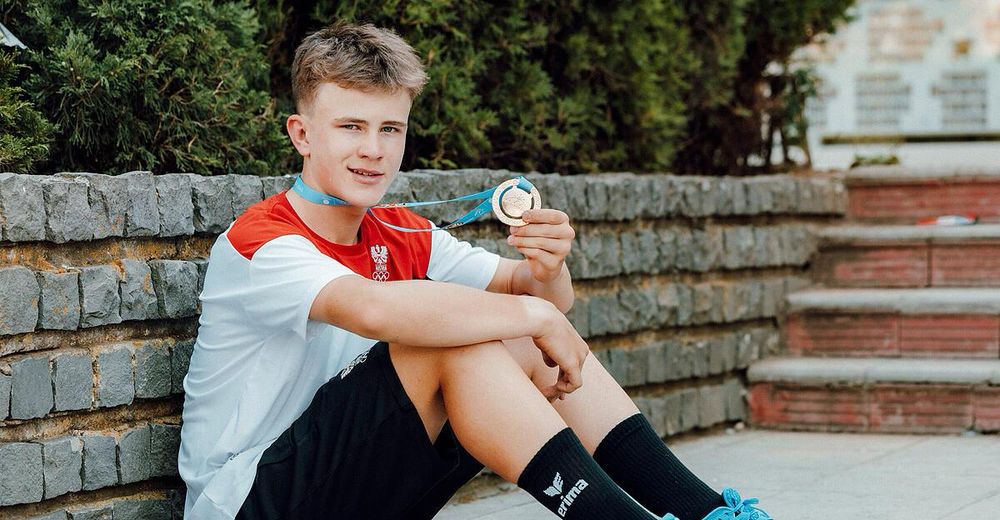Sportrix A. Birklbauer
@sportrixanita.bsky.social
44 followers
110 following
160 posts
PhD in sport science, exercise physiologist, clinical exercise physiologist / Trainingstherapeutin, sports cardiology & preventive cardiology focus of work, woman on two wheels and cycling-enthusiast, active lifestyle supporter,
Posts
Media
Videos
Starter Packs



















